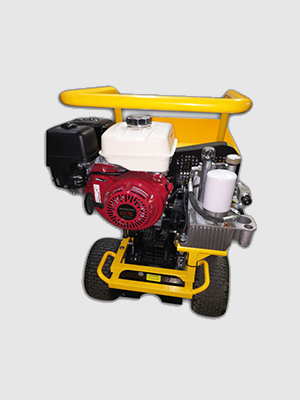
Spray fireproofing indicates spraying any substance in a way that covers a particular surface properly in order to provide it with fire resistance. The technical name for Spray Applied Fireproofing is Sprayed Fire-Resistive Material (SFRM). It is used as part of a building's passive fireproofing strategy. Spray applied fireproofing has thermal and acoustical properties and controls condensation. However, its main use remains in insulating steel and metal decking from the high temperature levels discovered throughout a fire. Spray used fireproofing can be sprayed onto steel to insulate it from the heat of a fire, therefore conserving lives by offering sufficient time for people to get out of the building. The product can be cement based or fiber based since both products have UL screening to make sure security. Sprayed fireproofing can be used for various materials like wood, fabric, structural steel and more. They do this by thermally insulating the structural members to keep them listed below the temperature levels that trigger failure. It has actually been understood for nearly a hundred years that structural steel fails rapidly when warmed by fire. A brief time later on, developing codes began to require defense of the structural steel in fire-resistive structures and ranked the levels of security as it did fire division walls (one-hour, two-hour, and so on). The earliest forms of protection were to frame the steel columns and beams in terra-cotta (baked clay tile), concrete, or masonry. Later on, gypsum plaster applied to wire lath was used, to reduce the weight of the fire protection. Numerous layers of plaster drywall board were also used to reduce the labor needed for setup. This technique is still in use today.
When applying a fire-resistant finish to structures, it is crucial for the material to dry within a specific amount of time. While some fireproofing sprays consist of chemical accelerators to speed hardening, they still produce a considerable amount of moisture throughout the application procedure. Incidentally, the fire-resistant product might be more tough to dry than drywall or cement. Without the right ambient conditions or construction drying services, a specialist might face delays and accidentally produce safety risks. Sprayed Fireproofing Process
The particular qualities of each material, the manner in which they are ready and applied all affect the fire-resistive qualities of SFRM product. more info One of the most crucial elements for an effectively set up SFRM is its applied thickness. Enough insulation is offered to mitigate the passage of heat from a fire to the structure being protected just if appropriate SFRM thickness is made sure.